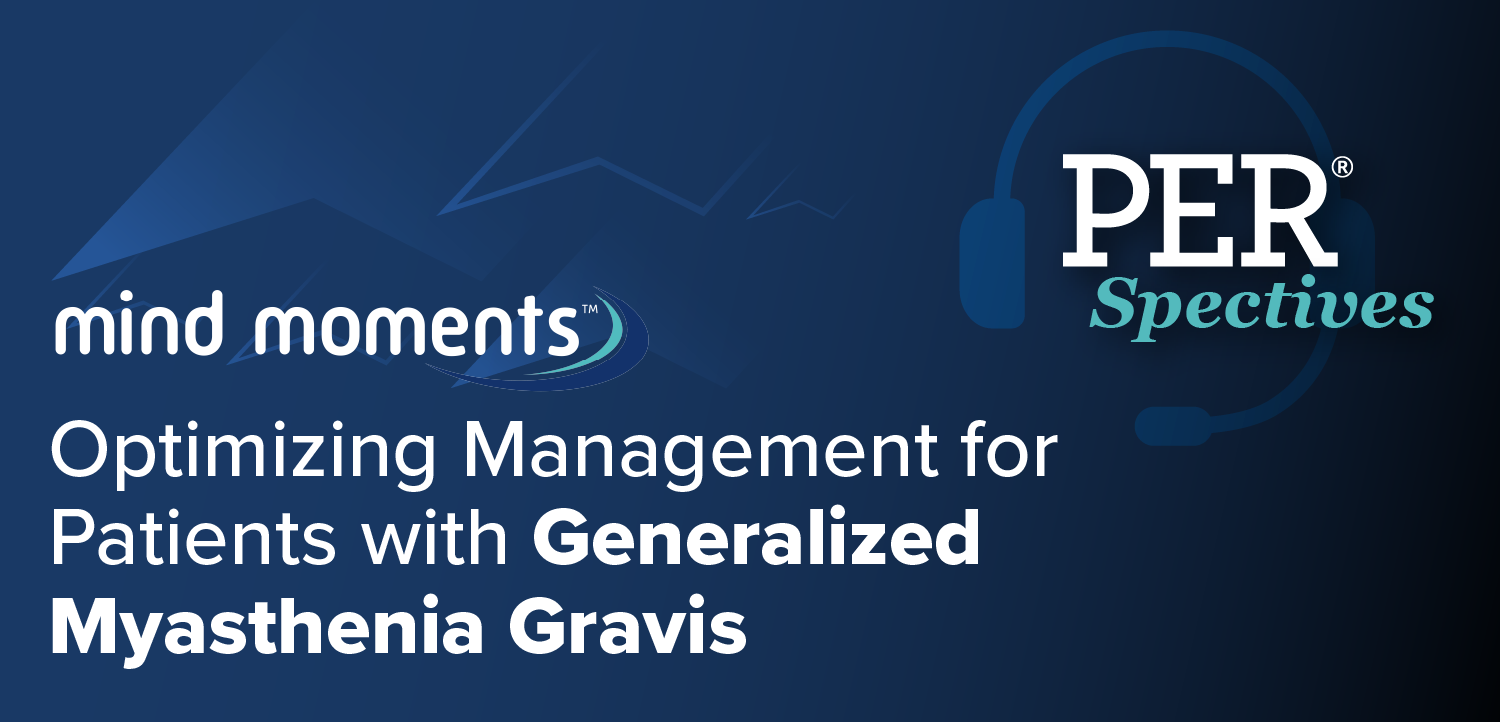
Target Trial Emulation Favors Rituximab’s Effectiveness Over Cladribine in Treating Multiple Sclerosis
Key Takeaways
- Rituximab demonstrated superior effectiveness over cladribine in controlling MRI disease activity in relapsing MS over 4.5 years.
- The study used a target trial emulation approach, involving 285 patients from the Norwegian MS Registry.
A new study reveals rituximab outperforms cladribine in managing MRI disease activity in relapsing multiple sclerosis over 4.5 years.
A recently published propensity score–weighted comparative study using a target trial emulation found that rituximab had superior effectiveness over cladribine (Mavenclad; EMD Serono) in controlling MRI disease activity in patients with relapsing multiple sclerosis (MS) over a median follow-up of 4.5 years. The head-to-head study adds long-term, high-quality data that may guide treatment decisions, the study authors wrote.
The observational study comprised 285 patients from the Norwegian MS Registry and Biobank who were on either rituximab (n = 159) or cladribine (n = 126). Investigators emulated a target trial, a methodological approach to mimic the structure of a hypothetical randomized controlled trial. Patients were primarily assessed on MRI disease activity, with secondary outcomes that included relapses, disability progression, and safety.
Results from the study showed a 17% (95% CI, 11-23) risk of new MRI disease activity at the 4-year mark for those on rituximab vs a 57% (95% CI, 44-66) risk for cladribine-treated patients. At 6 months, 2 years, and 4 years after treatment initiation, patients treated with rituximab vs cladribine had risk differences (RDs) of 23 (95% CI, 15-35), 34 (95% CI, 23-43), and 40 (95% CI, 28-50) percentage points, and risk ratios (RRs) of 0.34 (95% CI, 0.19-0.51), 0.31 (95% CI, 0.21-0.47), and 0.30 (95% CI, 0.20-0.44), respectively.
"These high-quality, long-term data, especially on MRI and safety outcomes, provide valuable insights for treatment decisions," lead author Brit Ellen Rød, PhD, postdoctoral researcher at the University of Bergen, and colleagues, wrote. "However, RCTs [randomized controlled trials] are warranted to confirm these findings in fully comparable cohorts and to capture more comprehensive disability outcomes."
Additional data over that 4.5-year period revealed that those on rituximab were free of new MRI disease activity for a mean of 16.8 months (95% CI, 10.7-23.4) longer than those treated with cladribine. On secondary outcomes, the study demonstrated lower 4-year relapse risk for rituximab as well (6% vs 17%; P = .0012), with fewer discontinuations (7% vs 21%; P <.0001). Of note, the primary reason for discontinuing rituximab was adverse effects, whereas for cladribine it was ongoing disease activity.
READ MORE:
The study took advantage of a near-random difference in treatment preferences between 2 Norwegian hospitals, with allocation largely determined by patients’ residential addresses. Norway’s homogeneous population, standardized health care system, national MS guidelines, and the high-coverage Norwegian MS Registry enabled real-world, long-term effectiveness assessment across a broad patient population, including those often excluded from RCTs.
After 4 years, CDP incidence did not differ significantly between rituximab (9%, 95% CI, 2-16) and cladribine (19%, 95% CI, 332; P = 0.32), but CDI was more frequent with rituximab (21%, 95% CI, 9-32) than cladribine (4%, 95% CI, 0-9; P = .026), with an RD of 18 percentage points (95% CI, 4-29) and RR of 0.16 (95% CI, 0.0-0.7). There were no statistically significant differences in neurofilament light levels (P = .18); however, rituximab-treated patients showcased lower glial fibrillary acidic protein levels (62.8 pg/mL vs 87.8 pg/mL; P = .021).
The main limitation of the study was the lack of randomization and potential unmeasured confounders, though sensitivity analyses and alignment with prior RCTs support the reliability of results. Other limitations included scarce Expanded Disability Status Scale data, single-time-point biomarker measurements, and variable timing between baseline MRI and treatment start, but these did not alter the consistent treatment differences observed.
In terms of safety, the incidence of hospitalizations related to possible adverse events was slightly higher in rituximab-treated patients (6.0 per 100 person-years vs 4.1), with COVID-19 being the most frequent reason for hospitalization. The authors noted no deaths during the follow-up period.
REFERENCE
1. Rød BE, Hogestol EA, Torkildsen O, et al. Comparative effectiveness of rituximab and cladribine in relapsing-remitting multiple sclerosis: a target trial emulation. Multiple Scler Journal. 2025;31(8). doi:10.1177/13524585251342727
Newsletter
Keep your finger on the pulse of neurology—subscribe to NeurologyLive for expert interviews, new data, and breakthrough treatment updates.



































